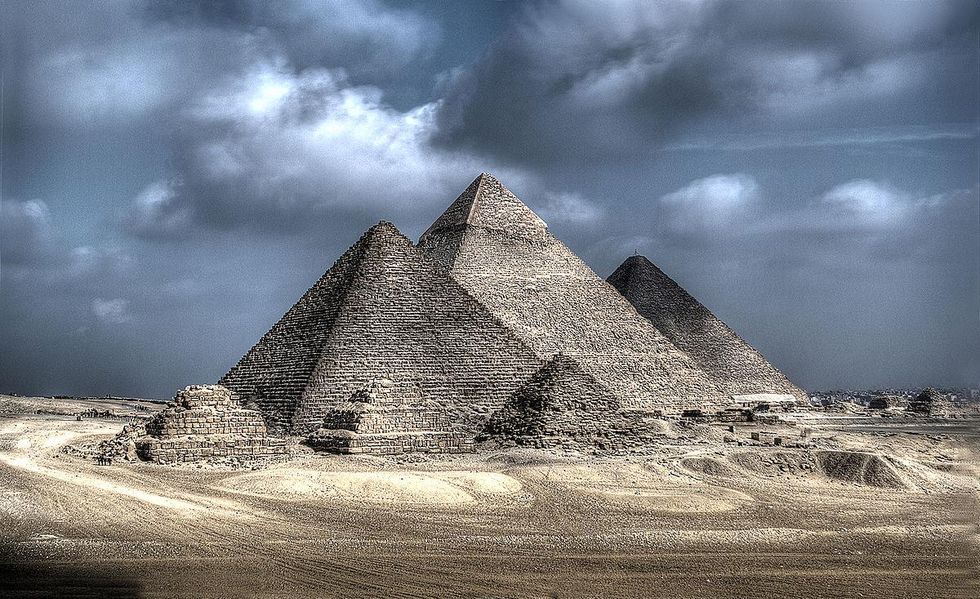Gippsland Looking to Fund Egypt-based Abu Dabbab Project
After ceasing activity at its alluvial tin operations, Gippsland is looking to secure funds to move its Abu Dabbab tantalum-tin-feldspar project forward.
The tantalum space has been pretty quiet lately, with most attention centering on manufacturers’ efforts to disclose their sourcing of the metal in accordance with the SEC’s guidelines.
However, that doesn’t mean companies looking to mine the metal are sitting dormant. Some, like Australia-based Gippsland (ASX:GIP), are making steady progress with their plans to get tantalum out of the ground.
Most recently, Gippsland released its annual report. Though lengthy, it offers some insight into what the company is up to and what the timeline is for moving forward with its 50-percent-owned Abu Dabbab tantalum-tin-feldspar project, located in Southern Egypt.
On the hunt for cash
Gippsland provides financial and technical management for Abu Dabbab, whose other 50 percent is owned by the Egyptian government via the Egyptian Mineral Resources Authority. The company has already “undertaken several phases of extensive feasibility study work,” and it says the ultimate result will be the finalization of a definitive feasibility study midway through 2015.
However, before that can happen, the company needs some money. Fortunately, it’s already taking steps to get it. In last week’s report, Chairman Ian Gandel explains that Gippsland has mandated “a major Dubai-based investment bank … to procure the funds to complete the feasibility and commence development work.” While no term sheet has been agreed to, Gandel also notes, “[a]t the end of the period, introductions and meeting were in progress with a selected group of investors from the MENA region.”
The company is hopeful that a non-binding toll smelting agreement with a “major international smelting company” will help spur confidence from potential investors. It believes its existing offtake agreement with HC Starck will also likely be a boon.
All about Abu Dabbab
In terms of what kind of performance investors can expect from Abu Dabbab when it’s up and running, Gippsland’s annual report states that a base-case development scenario involves the open-pit mining of 2 million tonnes of ore per year. After processing, it is expected to produce 2,750 tonnes of a primary concentrate grading about 10-percent Ta2O5 and 50-percent tin. That concentrate will be the feedstock to a smelting process that will result in the production of tin metal and a tantalum glass grading 20- to 30-percent Ta2O5.
Overall, the scenario calls for average yearly production of 600,000 pounds of tantalum (as Ta2O5 as a glass) and 1,300 tonnes of LME-grade tin metal.
The future
Though it certainly sounds like Gippsland is determined to make progress at Abu Dabbab, some investors may be concerned given that the company ceased all activity at its alluvial tin operations at Abu Dabbab just last month due to “technical and productivity issues.”
That said, Gippsland has made it clear that it sees that stumbling block as a blessing, not a curse. A press release put out at the time states, ”the Company can now focus solely on the hard-rock Abu Dabbab Tantalum-Tin-Feldspar project; securing the financing, completing the feasibility study and commencing development. This is where shareholder value can be re-established.” Similarly, in the annual report Gandel expresses the hope that Gippsland will be able to leverage the experience it gained from the venture to be more successful in the future.
Investors will have to wait and see how the company’s financing efforts progress. Shares of Gippsland were selling for AU$0.003 at close of day on Friday.
Securities Disclosure: I, Charlotte McLeod, hold no direct investment interest in any company mentioned in this article.
Related reading:
Gippsland: Conflict-free Tantlum in Egypt
